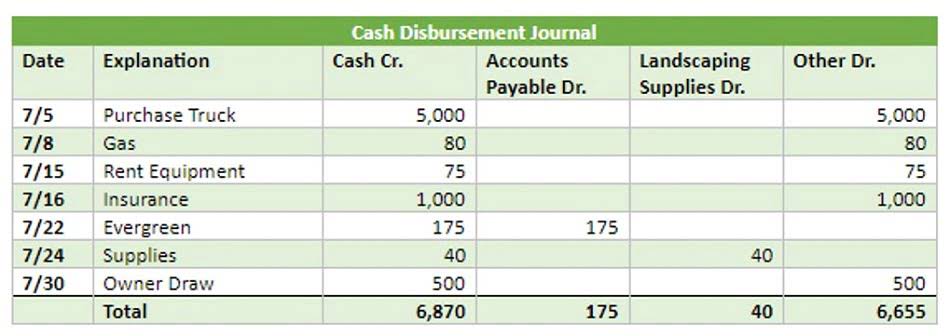
In this case, the $700,000 in equity is the shareholder’s claim on the company’s assets after its debts have been settled. Company or shareholders’ equity can be determined by calculating the company’s total assets and liabilities. For example, the equity of a company with $1 million in assets and $500,000 in liabilities is $500,000 ($1,000,000 – $500,000).
- Total Equity is a must-have for any business; it reflects how much of the company is owned.
- Calculating total equity allows you to determine how much of a company’s assets are financed by shareholders rather than creditors.
- Accurate equity calculations help you evaluate performance metrics, allowing for better financial forecasting and the development of sound investment strategies.
- On the balance sheet, asset accounts are listed in order of their liquidity — how easily they can be converted into cash.
- The term balance sheet refers to a financial statement that reports a company’s assets, liabilities, and shareholder equity at a specific point in time.
Total Equity Calculation

These actions directly impact the stockholders’ equity and require meticulous accounting to maintain transparency and investor confidence. Analyzing these instances helps to understand the effects of such financial maneuvers on overall corporate health and market perception. The impact of regulatory changes on stockholders’ equity statements serves as a critical area of study. The decision QuickBooks between debt and equity financing influences the company’s leverage and risk profile.
Income Statement (Profit & Loss Statement)
- Companies may have bonds payable, leases, and pension obligations under this category.
- Analyzing a company’s financial statements is a complex task that requires a deep understanding of financial information, free cash flow, structure, risk, and efficiency.
- Various types of equity can appear on a balance sheet, depending on the form and purpose of the business entity.
- These activities can significantly impact the overall equity balance, making accurate and transparent reporting essential.
- The fundamental accounting equation is assets equalling the sum of liabilities and equity.
On the other hand, a decline in shareholder equity could be a red flag that the company is struggling financially. To evaluate a company’s liquidity, an analyst would look at its current assets and compare them to its current liabilities. Current assets include cash, accounts receivable, and inventory, while current liabilities include accounts payable and short-term debt. A company with a higher current ratio (current assets divided by current liabilities) is generally considered more liquid as it has more assets available to meet its short-term obligations. A company’s shareholder equity balance does not determine the price at which investors can sell its stock.

How to Manage Accounting for Small Businesses

Cash (an asset) rises by $10M, and Share Capital (an equity account) rises by $10M, balancing out the balance sheet. The most liquid of all assets, cash, appears on the first line of the balance sheet. Companies will generally disclose what equivalents it includes in the footnotes to the balance sheet.
Step 1: Determine assets
- Transparency and effective communication with investors build trust and confidence in the company.
- The equation above represents the primary components of the balance sheet, an integral part of a company’s financial statements.
- It is essential to verify that all figures from the balance sheet have been accurately included.
- This gives you a real insight into the value and ongoing profitability of your business.
- This includes the income statement, balance sheet, cash flow statement, and any other financial data that may be relevant to the analysis.
- There are several limitations to consider when analyzing a company’s financial statements.
It helps them make informed investment decisions and assess the company’s long-term prospects. The main components of stockholders’ equity include common stock, preferred stock, additional paid-in capital, retained earnings, treasury stock, and accumulated other comprehensive income. Shareholder equity can also be expressed as a company’s share capital and retained earnings less the value of treasury shares. Though how to calculate total equity both methods yield the exact figure, the use of total assets and total liabilities is more illustrative of a company’s financial health.

Common stock and preferred stock represent the initial capital invested by shareholders in exchange for ownership stakes. Common stockholders typically have voting rights and may receive dividends, while preferred stockholders have priority over common stockholders in dividend distribution and asset liquidation. Additional paid-in capital includes the excess amount paid by investors over the par value of the stock, indicating the premium investors are willing to pay for the company’s equity. Equity fluctuations can reveal a lot about a company’s financial health and performance over time. By analyzing equity trends, you can understand how investment impacts, shareholder rights, and financial strategies shape a company’s trajectory.

This includes how the company records revenue, expenses, and other financial transactions. By understanding the company’s accounting methods, an analyst can gain insight into the company’s financial performance and identify potential accounting issues. Analyzing changes in shareholder equity over time can provide valuable insights into a company’s financial performance. For example, if a company’s shareholder equity is consistently increasing, it may indicate that the company is profitable and reinvesting its profits wisely.
Can you provide real-world scenarios of ownership changes?
The Statement of Changes in Equity assists users in making informed decisions and performing financial analysis. Bakery Accounting A statement of change in equity is therefore created to report variations in equity for business sorts, whether it is aimed at partnerships, corporations, or sole proprietorships. Equity can be defined as the values of a corporation’s stakeholders that are used up for the business. This statement normally presents the entity’s capital, accumulated losses, or retained earnings, depending on the performance of the entity and the reserves.